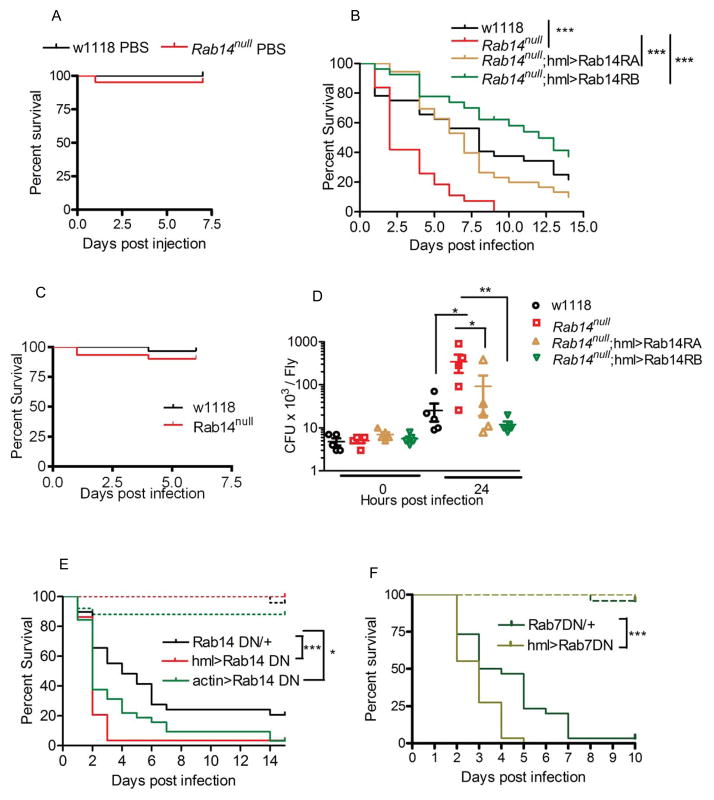Figure 6. Phagocytic machinery mutants show increased susceptibility to S. aureus.
(A) Rab14 mutants show increased mortality following S. aureus infection. Wildtype and Rab14 mutant adults were injected with (A) sterile PBS (B) a log phase culture of S. aureus or (C) E. coli and survival was examined over a period of time. (D) Rab14 mutants have high bacterial loads following infection. Adults were injected with a log phase culture of S. aureus and bacterial counts were evaluated by plating homogenized adults and counting colony forming units (cfu) immediately or 24h post infection. (B, D) The increased susceptibility of Rab14 mutants to S. aureus is due to a hemocyte-specific role of Rab14. (B) Survival and (D) bacterial count rescues were carried out by hemocyte-specific expression (hml) of Rab14 RA or RB in Rab14 mutants. (E) A functionally active Rab14 in hemocytes is essential to resist S. aureus infection. Adults expressing Rab14DN either ubiquitously (actinGAL4) or in hemocytes (hmlGAL4) were injected with a log phase culture of S. aureus for survival studies. The Rab14DN line outcrossed to w1118 was used as a control. (F) Rab7 is essential for the immune response to S. aureus. Adults with hemocyte-specific expression of Rab7DN were injected with S. aureus and survival over a time period was examined. The Rab7DN line outcrossed to w1118 was used as a control. The dashed and solid lines in the survival curve represent wounding control (PBS injection) and infection respectively. Each survival study was repeated at least 3 times with a minimum of 30 adults /line for individual experiments. The survival data and bacterial count data were analyzed by log rank tests and Mann Whitney tests respectively. * p<0.5, ** p<0.01, *** p<0.001.

